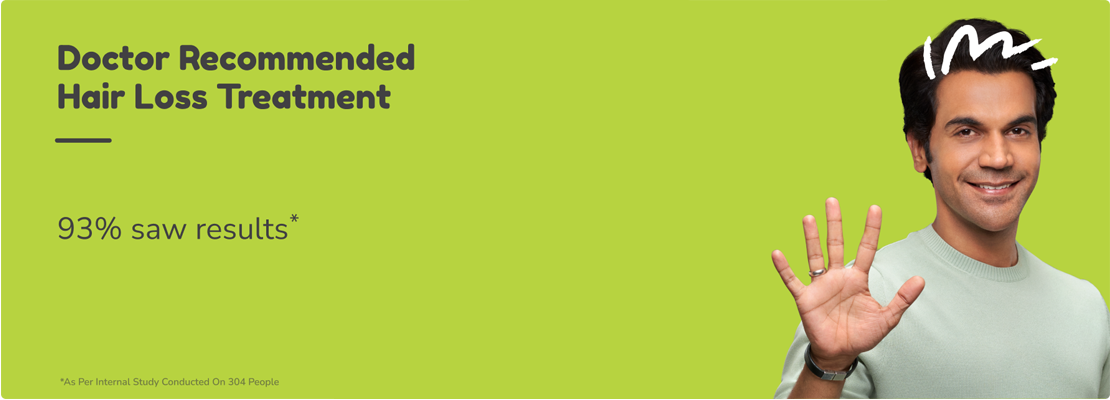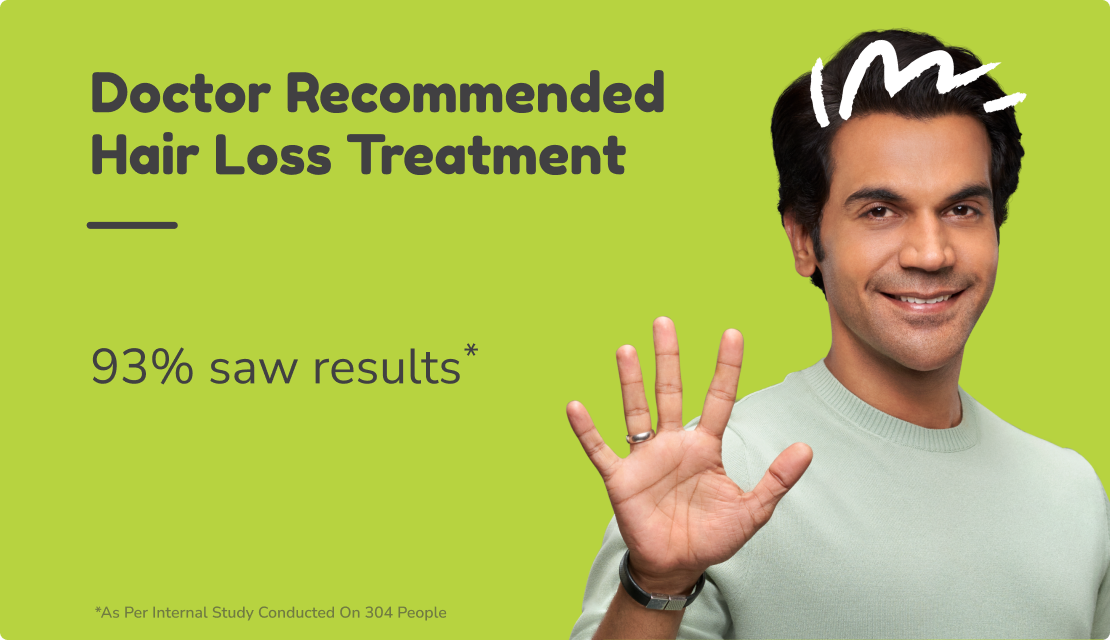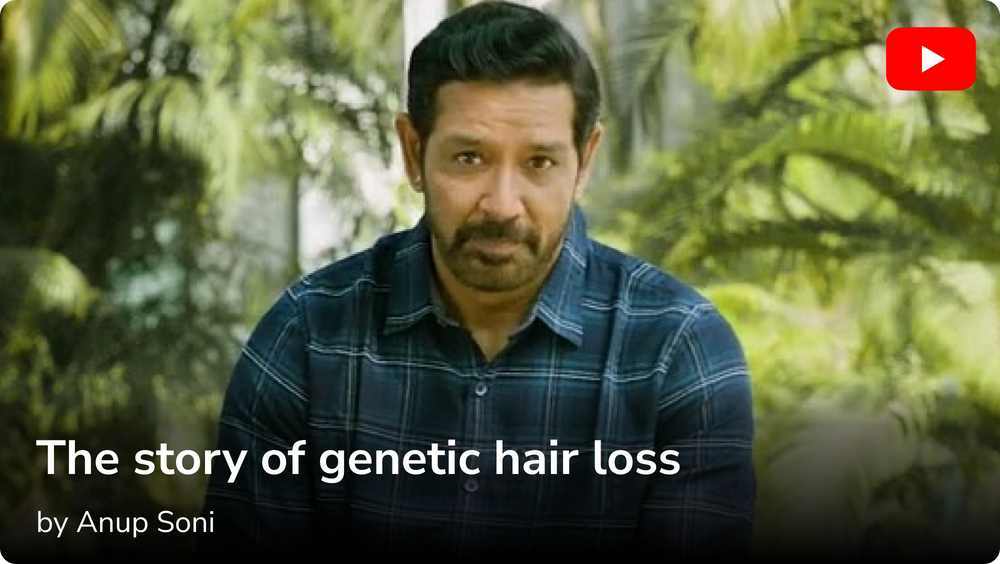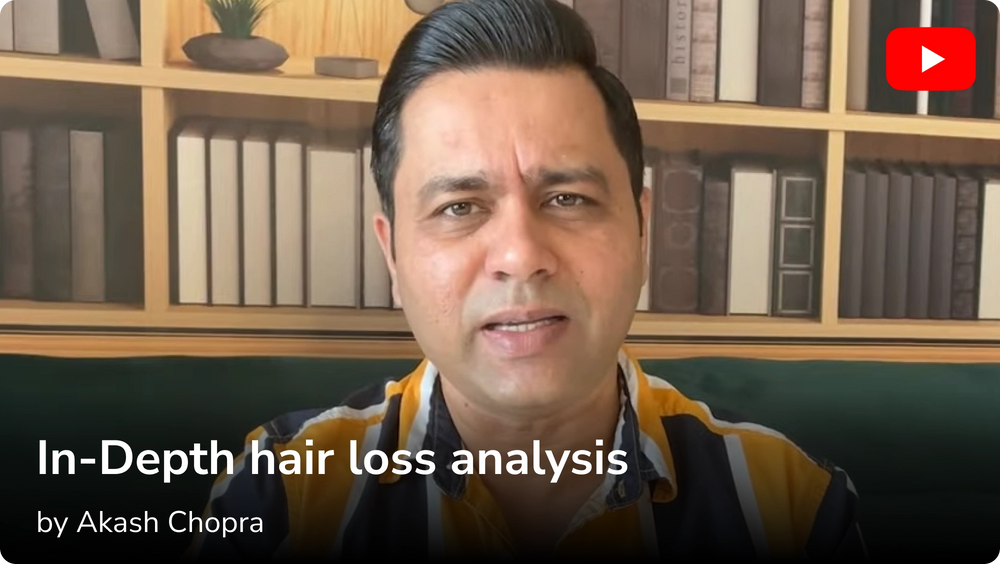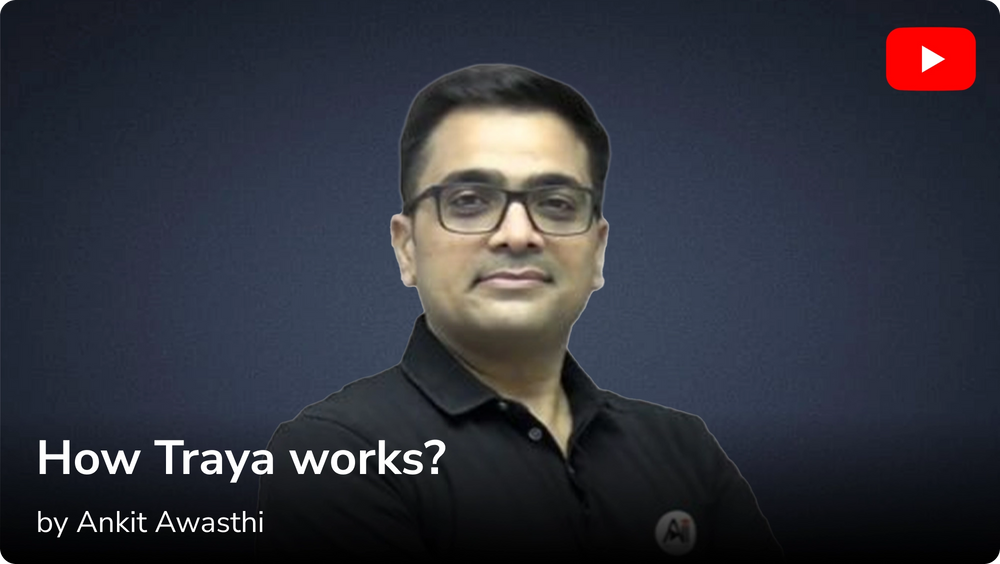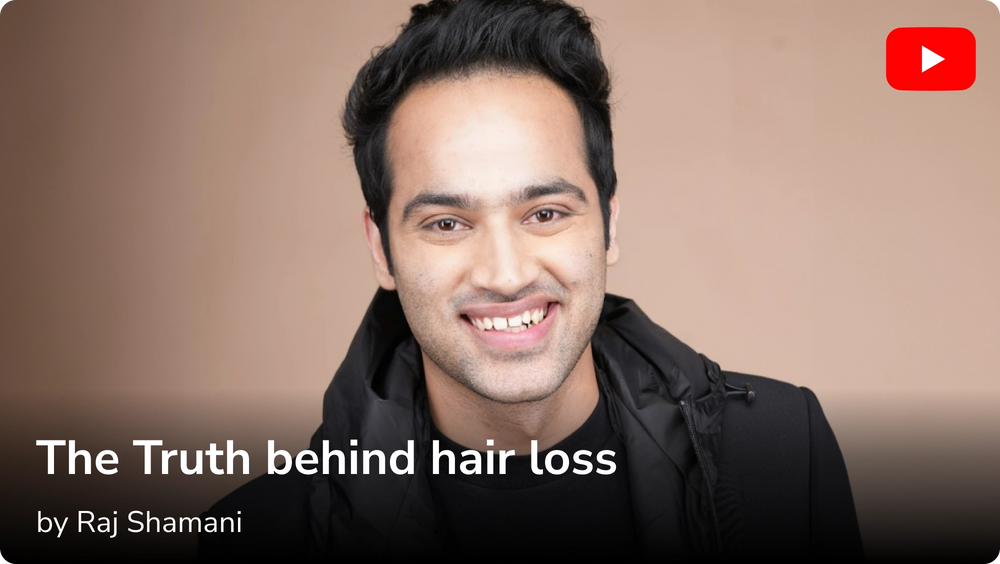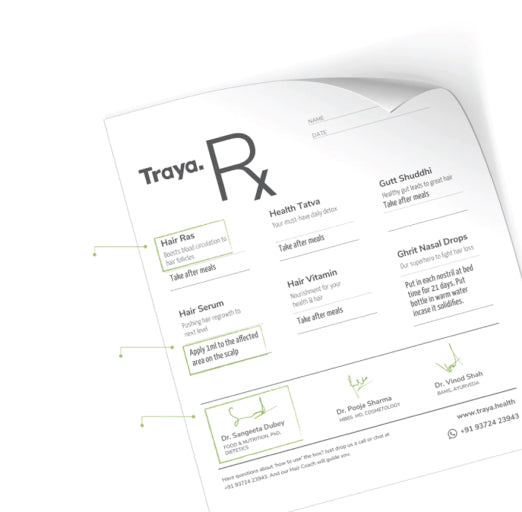The hair and beauty industry is always abuzz with emerging trends. If silky and straight hair is the look that you aspire, read on to know more.
Hair Rebonding straightens and smoothens your hair. It is a chemical semi-permanent process that helps deal with frizzy and wavy curls and shaps them into straight and glossy locks. In this treatment we use heat and chemicals to break the bond in the hair and restructures the bonds, making the appearance straighter and sleeker.
Straightening is a temporary process that can be done at home using a flat iron or straightener. Hair rebonding on the other hand can last for up to six months. This process changes the hair texture. A carefully carried out procedure gives you hair that is straighter than naturally straight hair. However, rebonding uses powerful chemicals, and if you go for it too often, the hair may get damaged.
Rebonding Hair Treatment
The hair rebonding treatment is a chemical process and takes up to several hours. In this process, first there is a chemical breakdown of the natural bonds in the hair and then these are rearranged to form new bonds for the straight hair. The process can be understood as below -
- A chemical, usually formaldehyde crosslinks the bonds into the new design of the hair structure and gives a straight alignment.
- A neutralizer rebonds the new structure of the hair and makes the texture and the shape permanent.
- Once straightened, regular touch-ups for up to three to six months might be needed as per the natural rate of growth of your hair.
Permanent hair rebonding price may range from Rs. 3,000 to Rs. 6,000 depending on the length of your hair. Rebonding hair with highlights may be recommended but highlighting hair after rebonding is not recommended as the rebonding process already subjects the hair to a lot of chemical stress.
Ingredients for Hair Rebonding
The major ingredients that go into the hair rebonding process are relaxants and neutralizers. Both of these are chemical in nature.
- Relaxants are usually an aldehyde such as formaldehyde. It is used to break the natural bonds of the hair.
- Some options are formaldehyde-free, but all of these options release some powerful chemical compounds similar to aldehydes.
- Neutralizer locks in the new structure and makes the realigned bonds permanent.
- Shampoo and conditioner are needed at various stages of the treatment
- A hot iron straightener is required to straighten the hair after the final rinse.
What Is the Hair Rebonding Procedure?
Hair rebonding uses a cream relaxant and a neutralizer. The procedure is lengthy and goes through the following steps -
- Step 1: Wash your hair using a mild shampoo and blow-dry it into its natural texture. This removes the dirt and oils.
- Step 2: Comb the hair neatly and divide it into sections depending on the volume.
- Step 3: Apply the cream relaxant to each section separately. Hold the section straight while applying the relaxant. Be sure to coat every strand of the hair. You can use a thin plastic board to spread out every section of the hair and apply the cream to every strand in that section. Now the natural bonds of the hair will start to break.
- Step 4: Leave the cream on for about half an hour for normal to wavy hair. For dry and frizzy hair or excessively curly hair, let it stay for a little longer. Do not leave it for a very long time, this may damage the bonds.
- Step 5: Steam the hair for 30 – 40 minutes
- Step 6: Rinse the hair again and blow dry it again. Now the next set of procedures will start
- Step 7: Apply the keratin lotion to the hair. This helps the new restructured hair bonds to settle in.
- Step 8: Now apply the neutralizer on top of the keratin solution. The neutralizer restructures and stabilized the newly formed bonds. Let the neutralizer and keratin solution sit in for half an hour.
- Step 9: Rinse to remove the neutralizer and the conditioner, blow-dry the hair.
- Step 10: Apply serum all over the hair and straighten out with flat iron.
Once the process is complete you need to be careful about your daily hair care routine for a few weeks. Do not wash or rinse your hair for at least three days after the procedure. Keep reading to learn more tips to keep in mind after you have taken hair rebonding treatment.
Hair Rebonding Tips
Hair rebonding involves exposure to heat and chemicals. Thus, after the treatment, the hair needs special care and attention to prevent hair loss and breakage since it is still settling into the new post-rebonding structure. Here are a few tips for hair care after rebonding -
- After the treatment, do not wash your hair for at least three days.
- Avoid tying the hair before the first wash after rebonding.
- Use products specifically formulated for usage post such a treatment. These include shampoo and conditioner.
- For at least a month, avoid tucking the hair behind the ear. This will avoid creases in the rebonded hair.
- When going to bed, keep your hair loose. Comb it upwards from your head and try to maintain the straight shape of the hair.
- Avoid oiling for a few weeks.
- Use only a wide-toothed brush for combing.
- Avoid usage of a hot air blow dryer.
- Avoid colouring for at least six months.
- Hair care after rebonding at home - use homemade hair masks to deep condition your hair.
There are many Ayurvedic tips as well to prevent hair loss after rebonding. The use of chemical based shampoo and conditioner may not be best suited for hair that has just been subjected to heavy heat and harsh chemical treatment. You can opt for procedures like Shirodhara, Thalapothichil before going for the rebonding treatment – this will prepare the hair roots by strengthening them and help in controlling the damage after the treatment. It is also preferable to choose a winter month over summer or monsoonal for such treatment – this will help the hair to face the stress of the process. You can opt for the below natural options to prolong the shine of your hair post the rebonding treatment –
-
Treating with essential oils
You can use any carrier oil such as coconut oil or olive oil along with the essential oil. Rosemary, lavender, peppermint are a few essential oils that aid the growth and beauty of your hair. Massage your scalp with this solution. This will boost the health of the hair cuticles and improve the blood circulation in the scalp. Apply the oils about an hour before going for a shower, you can also leave it overnight. The essential oil massage can be done twice a week.
-
Using a herbal shampoo
Shampoos that are made from natural ingredients are gentle on the hair. Herbal ingredients such as amla, reetha, shikakai, aloe vera, and hibiscus contain minerals, antioxidants, and nutrients that cure hair dryness and enhance the strength of the roots. Here are a few tips to make the best use of such herbal shampoos for newly rebounded hair -
- Always dilute the shampoo in water before applying.
- Use your fingertips to rub the shampoo over the hair, avoid palms.
- Squeeze excess water gently using your hands after the wash.
- Apply a herbal hair conditioner after the hair wash.
- Rinse using lukewarm water only.
- Pat dry with a soft microfiber towel or a cotton t-shirt, do not rub with a thick towel.
-
Using a herbal hair cream
Herbal hair cream has natural ingredients such as amla, almond oil, shikakai, bhringraj, and brahmi extract. Hair cream must be applied after washing when the hair is almost dry.
Side-effects of Hair Rebonding
The hair rebonding process uses harsh chemicals and high heat to achieve the desired results. After rebonding hair side effects that happen are only due to the harsh process that may have some damaging effects on the hair. Some of these are listed below -
- You may experience frizzy hair after rebonding and the hair shine may reduce as the chemicals remove the protective layers over the cuticle.
- The natural moisture-retaining capacity of the hair is reduced, making it dry and fragile.
- You may experience split ends and dull hair in the long run.
- Reduced hair texture and discolouration may be observed.
- Once the treatment wears off, your hair may become difficult to manage – repeating this process frequently may lead to hair loss, scalp disorders, and damaged hair after rebonding.
Hair rebonding is not the only way to achieve straight hair. If you want sleek and straight hair without the use of chemicals you can opt for at-home treatments such as using a straightening iron, using hair rollers, or going for deep conditioning and hot oil treatments.
Hair rebonding gives you pine straight attractive hair. Benefits of rebonding hair include frizz less, smooth, silky, and shiny manageable hair. Although it comes at the cost of exposing your hair to harsh chemicals and intense heat, if you are careful about post-treatment hair care you can reduce the damaging effects of the treatment.
Popular Articles
Effective Hair Fall Treatment For Men And Women | Shatavari Plant | Itchy Scalp | Telogen Effluvium | Ginger Powder | Shiny Hair | Hair Conditioner | Ginger Juice For Hair | Hair Smoothening | How To Increase Hair Volume | How Much Hair Fall Is Normal | Hair Breakage | Role Of Nutrition In Hair Health | Scalp Psoriasis | Seborrheic Dermatitis | Postpartum Hair Loss | Female Pattern Baldness | Scalp Pain | How To Get Thick Hair Naturally | Layers Of ScalpOur Products
Buy Multivitamin Tablet | Buy Hair Fall Tablets | Buy Herbal Tablets | Buy Minoxidil 5% | Buy Herbal Hair Oil | Buy Hair Fall Shampoo | Buy Anti Dandruff Shampoo | Buy Hair Root Serum | Buy Digestion Tablets | Buy Shatavari Ghrita | Buy Minoxidil 2% |


